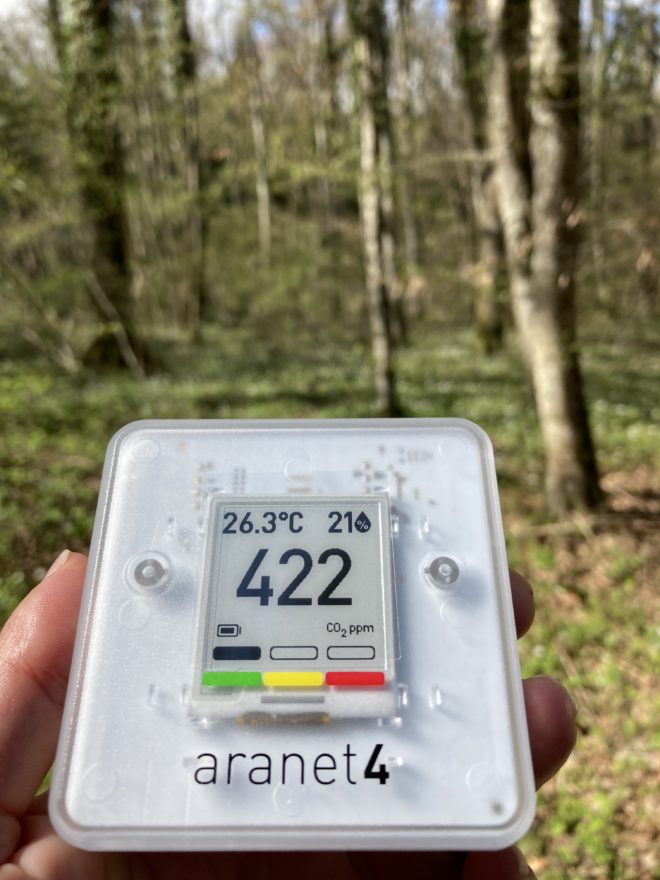Tag: air quality
-

The First WHO/Europe Indoor Air Conference
Reading Time: 2 minutesYesterday we could watch the conference live stream of the first indoor air quality conference. It was available in French, German, Russian and English. The link is to the English language version. This is an interesting conference to have because, as two or more speakers highlighted, we spend up to 80 percent…
